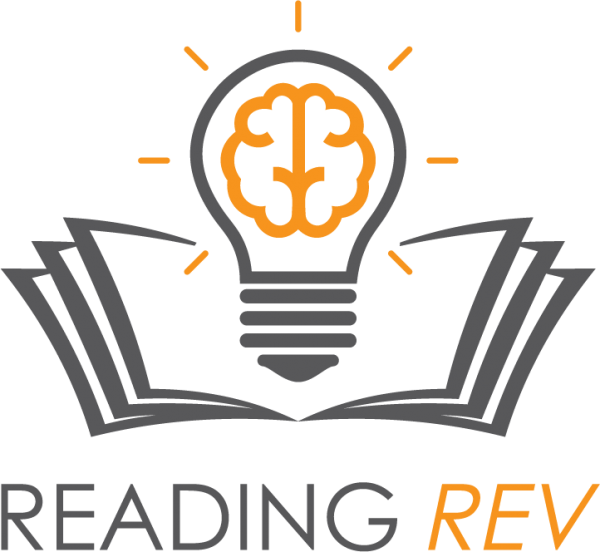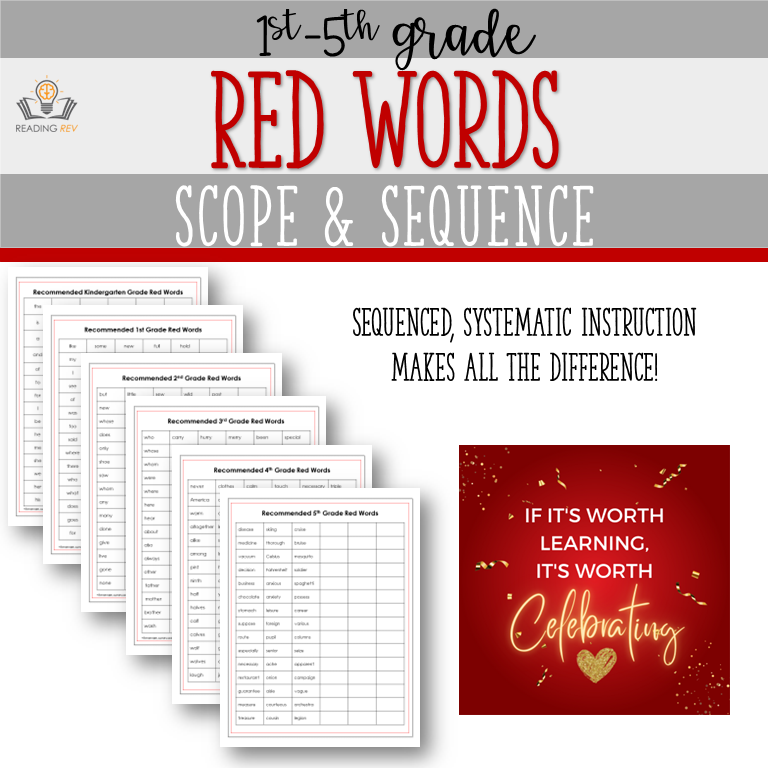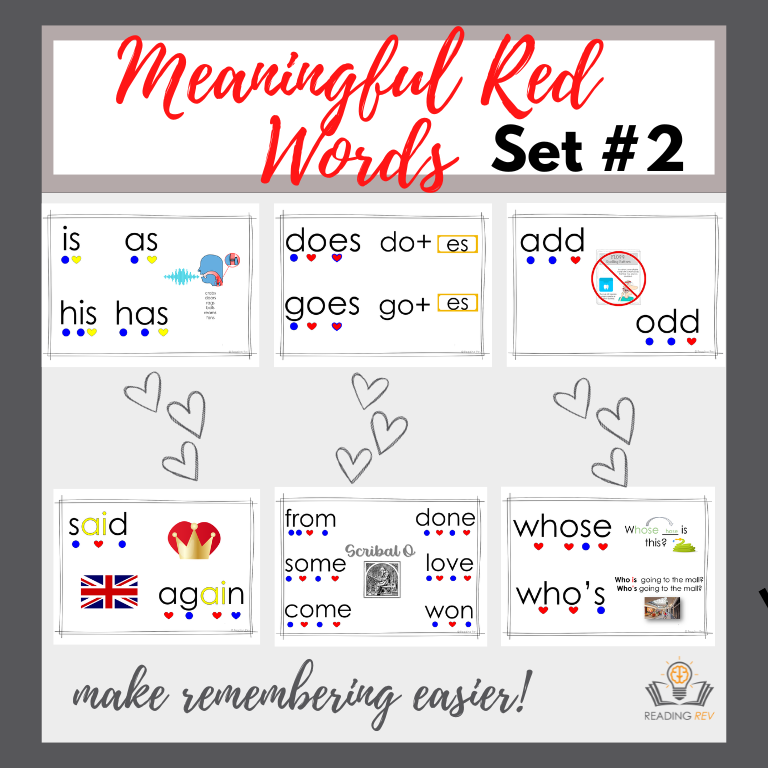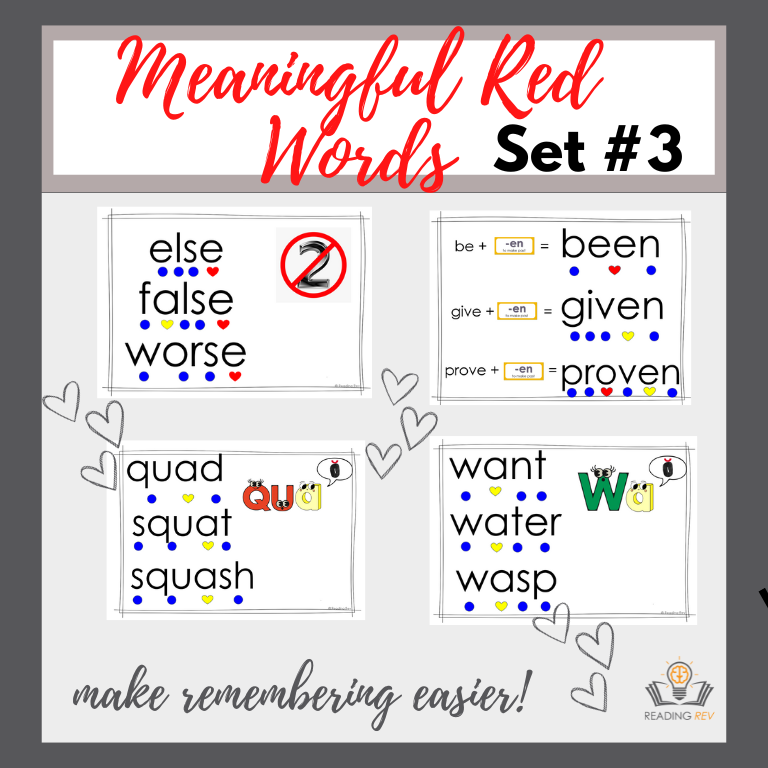Rethinking Heart Words!
This month we want to revisit Heart Words/ Red Words/ Irregular Words (whatever you'd like to call them!)
Years ago when I took my first Orton Gillingham training, we were taught that students need to just memorize the letters of irregular words because they do not follow phonetic patterns. I taught that method that for several years. It worked for some students, but not at all for others. I noticed a pattern. The students who exhibit dyslexia tendencies failed at memorizing heart words. This make perfect sense because students with dyslexia often struggle with rote memorization!
When you know better, you do better. Now, the OG community has re-evaluated how to teach irregular words. This new way brings success to more students and creates more background knowledge about how language works. After doing this word analysis with students, I am convinced! Let's take a look at 3 shifts for Heart Word Instruction.
Tip 1: Do NOT have students just memorize the individual letters in the word.
Instead, study the word and see what sounds are represented according to phonetic sound-symbol correspondence. Most of the time, it is just one or two letters that are irregular. The rest work! Usually the part that is irregular is the vowel. (It's Always About the Vowel!) We code the parts that "play fair," or are phonetically secure, with a blue dot. (I have seen other colors and shapes; just stay consistant within your school.) We code the irregular part, or heart part, with a red heart. Sometimes we find letters that seem irregular, but when we discover the rule or pattern, they make sense! We use a yellow heart for those parts!
Tip 2: Research why the irregular part is the way it is.
It's fascinating because there is usually a logical explanation. Three common reasons that spelling often differs from pronunciation are 1) etymology 2) evolution of pronunciation or dialect 3) history of writing and printing language.
Students who exhibit dyslexic tendencies often excel at oral language and story telling. When a story is told to explain the inconsistency, it activates a different region of the brain and they can more easily remember!
Did you know the letter e has many jobs? One of them is to act like a place holder so the word doesn't end in v!
Tip 3: Teach irregular words that have similar patterns or irregularities together!
We are trying to get students to crack a linguistic code. Red words are no different. The more patterns and connections we can help students see, the better. If you teach the Red Word, one, and research the etymology of it's pronunciation, use that same lesson to look at the words, lone, alone, once, and only. (Of course, take into account your student's age and literacy development.) This is a powerful way to expediate learning.
Finally, CELEBRATE! I love the Quantum Quote, "If it's worth learning, it's worth celebrating!" Make learning and practicing red words multisensory and engaging. We even threw a RED Word Party! This group of 5th Graders mastered 30 Irregular Words and celebrated with an end-of-quarter Red Word Party!
Let's Collaborate! I started a new Google Slide Presentation with common irregular words. My hope is that our community can all utilize and contribute to it. Let's add the etomology and background knowledge in the notes section that will help students really understand these words. We no longer want kids just memorizing the letters, but it takes time to research and learn the history/etomolgy/explanations. You can check out what I have so far here. I made it free, shareable, and editable. My hope is that this will make everyone's planning just a little easier.
If you are using Reading Rev's Phonics, Spelling, & Morphology Program, you can plug these Red Word Slides into the free weekly Google Slide Presentations where the generic red word slide currently are. Remember Red Words are a great place to differentiate too! If you would like to see our Red Word K-5th Grade Scope & Sequence, you can access that in Reading Rev's Free Resource Library . These meaningful Red Word Poster Packs can be found in the Reading Rev VIP site.










